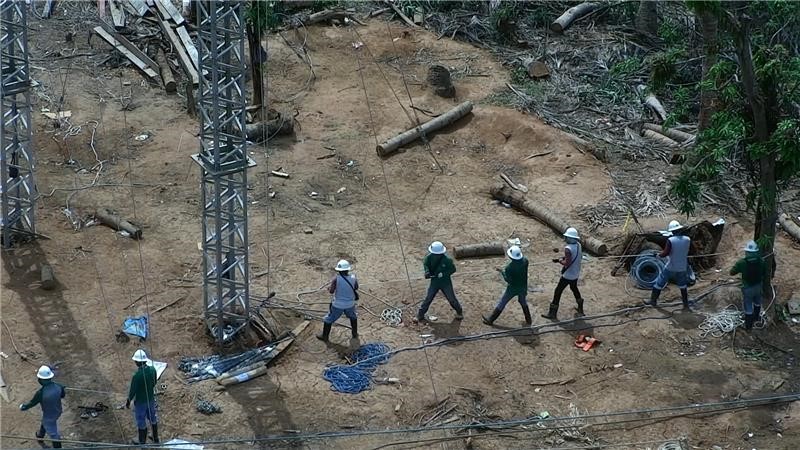NGCP sets up temporary special towers in Bohol
- February 8, 2022
- 0

The National Grid Corporation of the Philippines (NGCP) has finished constructing the six 200-foot temporary towers that would reconnect Bohol to the Visayas Grid roughly two months after Typhoon Odette’s onslaught.
In a report by the Bohol Chronicle, NGCP said that it is currently stringing or placing the cables on the towers or the Emergency Restoration System (ERS). The temporary towers are located near the site of the two toppled special towers in Ubay on mainland Bohol and Pres. C.P. Garcia town on Lapinig Island.
The stringing or the span between both towers is 1.1 kilometers.
The ERS – and eventually the two new special towers – will form part of the 138-kilovolt (kV) Tugas-Ubay line, which leads to NGCP’s Leyte-Bohol submarine interconnection. Bohol is 60% dependent on Leyte for its power supply.
“Yung ibang guy [wires] doon, babagsak siya sa mangrove. Yung mangrove, [watery] area ito. So, you need to bury the anchor log deeper para mas kumapit siya,” NGCP Engineering Project Management Department head Engr. Randy Galang told Power Philippines.
Guy wires, which connect the temporary towers and the ground, support the ERS. This is also NGCP’s first time to build a 200-meter high ERS instead of the usual 120 meters.
According to the grid firm, “test energizing” or “testing without loading” from the geothermal plants in Leyte would commence once the cables are placed on the towers,
Once Bohol becomes re-energized through the ERS, NGCP will begin rebuilding the two new special towers using the “build back better” principle. The new special towers would be 120 meters tall – ten meters shorter than the fallen towers – but sturdier since these would be employing a design meant for 500kV lines. The new towers could withstand wind speeds up to 300 kilometers per hour (kph) versus the previous 240 kph.
The grid firm plans to complete the rebuilding of both new special towers on April 30 – nine days before the presidential elections.
Photo from NGCP Facebook page.